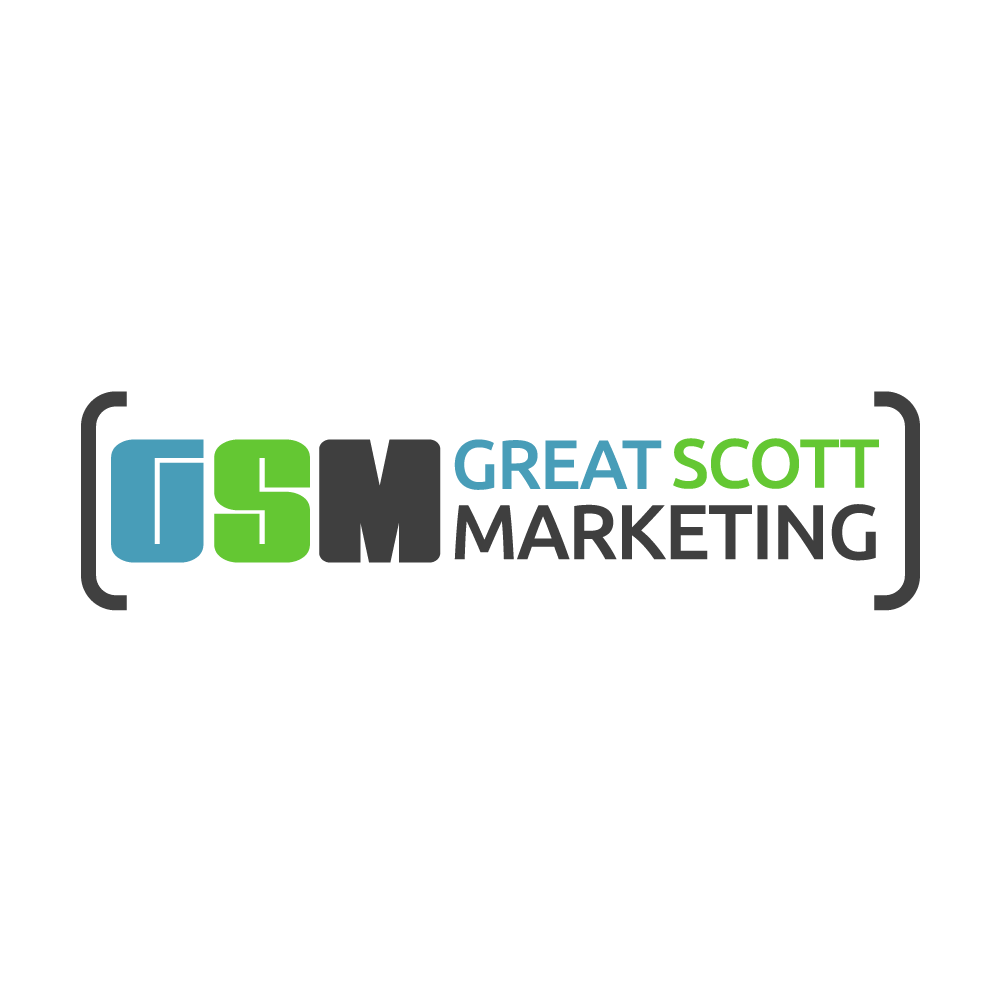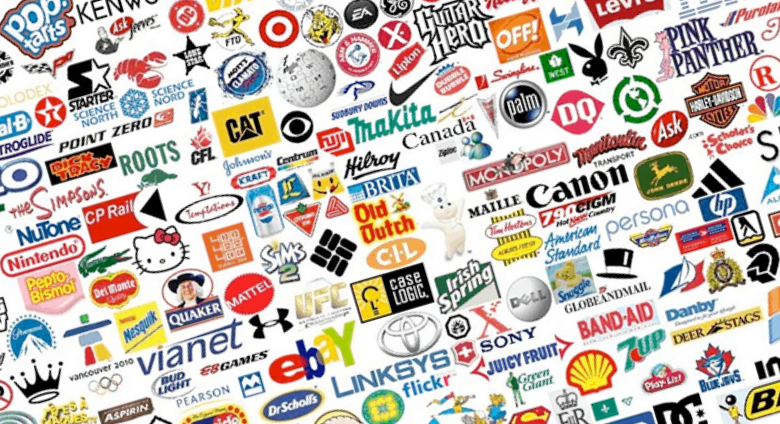Most potential customers’ initial impression of a company is based on its logo, making it a vital aspect of the brand’s identity.
That’s why it’s critical to have a logo that resonates with them and accurately portrays your company.
Logo design involves numerous elements, some of which may vary based on your requirements and the field in which you work. No matter how distinctive each logo is, the best ones have 5 things in common.
Given this, how does one go about creating an effective logo? What makes a logo good?
- Simple
- Relevant
- Memorable
- Timeless
- Versatile
These five features are essential for a logo to be easily recognized and will help buyers associate your business with the logo. Get a professional logo for your company with the help of our logo builder if you’re already in the market for one.
You might also read on to find out more about the process of creating a logo on your own.
5 Characteristics of a Good Logo
1. Simple
The simplicity of many of history’s most memorable and profitable logos is often underestimated. Whether it’s Apple’s namesake design or Nike’s single swoosh, simple logos are memorable and easy to recognize. Logos need to be simple because people only look at them for a brief moment. You may convey your brand’s personality succinctly and effectively with a simple design.
With little space to work with, simple logos draw attention to the most vital aspects of a brand’s character. This involves simplifying concepts to their barest essentials and paying closer attention to details like colors and typefaces. As an example, a symbol can effectively convey a particular set of principles or concepts, making it a potent tool for simplification.
Letter and word marks are two more excellent examples of minimalist logo designs; they forego graphics in favor of using typefaces and colors to convey the brand’s identity. In the grand scheme of things, the most critical thing is to convey your brand’s identity with the fewest feasible materials.
2. Relevant
The simplicity of many of history’s most memorable and profitable logos is often underestimated. Whether it’s Apple’s namesake design or Nike’s single swoosh, simple logos are memorable and easy to recognize. Logos need to be simple because people only look at them for a brief moment. You may convey your brand’s personality succinctly and effectively with a simple design.
With little space to work with, simple logos draw attention to the most vital aspects of a brand’s character. This involves simplifying concepts to their barest essentials and paying closer attention to details like colors and typefaces. As an example, a symbol can effectively convey a particular set of principles or concepts, making it a potent tool for simplification.
Letter and word marks are two more excellent examples of minimalist logo designs; they forego graphics in favor of using typefaces and colors to convey the brand’s identity. In the grand scheme of things, the most critical thing is to convey your brand’s identity with the fewest feasible materials.
3. Memorable
Being instantly recognizable is another important quality of a logo. An effective logo will strike an emotional chord with viewers and pique their interest in your product or service. Your logo and brand will have a stronger association with your firm when customers can quickly remember them. If you want people to remember your brand, you need a logo that is both memorable and impactful.
Not only do memorable logos incorporate many of the aforementioned features, but they also masterfully balance the visual and verbal components. Even more crucially, they convey the character and tone of your brand in a consistent and unambiguous way.
As a last point, a logo that stands out should constantly aim to be different. You should always strive to make your logo stand out from the crowd, even in fields where design standards are prevalent.
4. Timeless
The finest logos differentiate themselves from the competition by maintaining their effectiveness and relevance throughout time. It’s tempting to create a logo that follows the latest fashions, but it’s not necessarily the wisest move.
These logos might be great right now, but they’ll definitely need a makeover to stay relevant. On the other hand, a logo that is ageless will always be relevant and will connect with people. Take McDonald’s golden arches and Coca-Cola’s distinctive word mark as examples. Both have been the same for decades.
A timeless logo prioritizes quality over quantity, cutting out the fluff and concentrating on the essentials. This necessitates removing all distractions and zeroing in on your brand’s fundamental principles in order to discover their most efficient transmission method. Timeless logos also avoid complex color schemes and gradients in favor of a smaller, more limited color palette, which allows for greater individual expression.
As a last point, a logo that stands out should constantly aim to be different. You should always strive to make your logo stand out from the crowd, even in fields where design standards are prevalent.
5. Versatile
Lastly, and most importantly, a well-designed logo has a lot of potential. If you have a logo that can only be used in one size online, for instance, it severely restricts the ways in which your brand can be exposed to the globe. Conversely, you can increase brand visibility by selecting a logo that can be easily scaled, printed, and used on various media.
When reduced in size for packaging or twisted when shown on a billboard, even the most attractive logos lose some of their legibility and recognition. Being deliberate about the format you use to develop and save your logo is a simple method to increase its adaptability. While resizing a traditional photo may cause pixelation, scaling a vector file will not cause any issues.
To make your logo more adaptable from a design standpoint, minimize design elements and go for a simple layout. A sophisticated design that doesn’t scale well is the result of having too many lines, flourishes, components, or colors. Instead, remember that space is at a premium and work to convey more with less.
So, Does YOUR Logo Have All These Characteristics?
Logos that are effective are simple to create if you know what to look for. A solid basis upon which to construct your brand can be achieved by striving to create a design that is both classic and adaptable.
In addition to making your design more relevant, keeping it basic will make it more remembered for the audience. A strong logo is the first step in building a memorable brand that will attract customers and stay in their thoughts for years to come.
Need help with yours? I can help, click here to get started


0 Comments